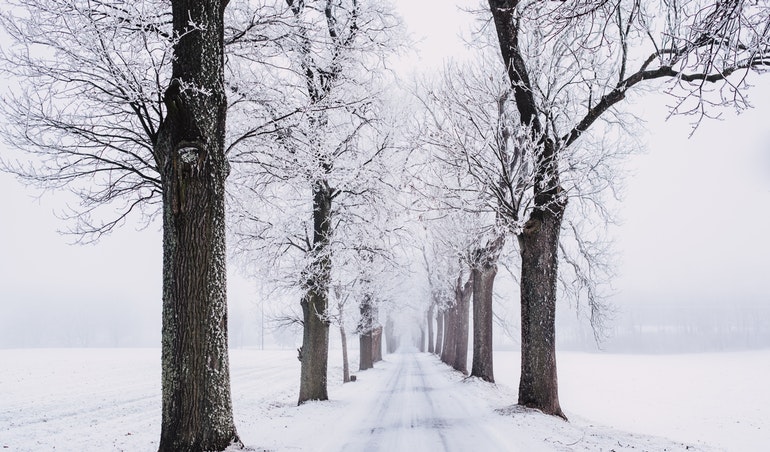Cold weather is a minor inconvenience to most people. They’ll scrape the ice from their windshields and shovel their driveways, turn up the thermostat and hide beneath a mountain of blankets, warm and cozy. But handling snow can be a little more of a headache when you’re working on your homestead.
Heavy snowfall can compromise the condition of your property and the safety of your livestock, harming profits and jeopardizing your bottom line. It takes more than an hour with a shovel to clear your land, after all.
Over the years, you’ve developed strategies of handling inclement weather, and they’ve likely served you well. You might protect your livestock with dry shelters, use equipment to clear your property or cover your horticultural crops with high tunnels.
Here are three of the most common methods homesteaders use to handle snow today.
1. Dry Shelters for Livestock
As temperatures drop and the sky grows heavy, animals need a place where they can take shelter from the impending snowfall. While sheep and goats are hardy livestock that have adapted to harsh conditions, they still benefit from a structure that deflects freezing gales and keeps them safe and comfortable.
These structures have a three-sided design that protects against northern and northeasterly winds while making the most of available sunlight. Farmers often build them on elevated ground with good drainage to prevent the buildup of cold water, a potential risk that could result in hypothermia if unaddressed.
You also know these shelters need bedding, a layer of material for your animals to rest and relax on. If you’re of a traditional mindset, you might use straw, but farmers and homesteaders also take advantage of wood chips and shredded newspaper. As long as the area is dry and clear of snow, it’s serving its purpose.

2. Equipment for Snow Removal
If your homestead is big enough, you’re no stranger to equipment. Machinery can be of great help in many of your day-to-day responsibilities, and come wintertime, it’s just as indispensable. After all, you can’t perform your tasks with piles of snow blocking your way, so to make short work of them, you employ modern methods.
There are a few ways to replace shoveling with machinery. A pick-up truck with an attachment can plow snow much more quickly than a human. You can also look for a skid steer, which is much easier to maneuver for efficient snow removal. Buckets, snow blades and push attachments let homesteaders tackle heavier volumes of snow, so you never have to shiver over a daunting forecast.
Equipment is a big investment for a homesteader, so to help with the costs, you can also lend your services or just your machinery to other local businesses and properties that need help plowing. Working smarter — not harder — can free up time on a snowy morning and offer another way to bring in some revenue.
3. High Tunnels for Sustained Growth
You might live in a smaller community that depends on locally grown food year-round, or, if you’re a homesteader, you could depend on it to stock your own pantries. Either way, you likely grow through the winter to meet perpetual demand and need something to cover your horticultural crops.
These horticultural crops, which include vegetables and certain types of fruit, survive through the colder months with help from high tunnels, which are essentially unheated greenhouses that guard vulnerable plants against the weather. That said, they don’t always provide adequate protection from snow.
Adaptable farmers have modified their existing high tunnels with extra trusses for added strength, preventing collapse. Though these tunnels need frequent maintenance to manage buildup, they provide a method for sustaining growth through a season that usually wouldn’t allow for it.
Homesteaders Handling Snow
As a farmer or homesteader, you’ve addressed the seasonal challenges of winter with ingenuity and a commitment to your trade, taking a proactive approach to protecting your property and livestock. You might’ve used dry shelters, equipment or high tunnels, but regardless of your methods, you understand the importance of preparation in handling inclement weather.
At the end of the day, preparation means you can spend more time enjoying the cozy indoors. While snow is often inevitable, damage doesn’t have to be. Use these three tips to prep for the next big snowstorm to hit your area.










